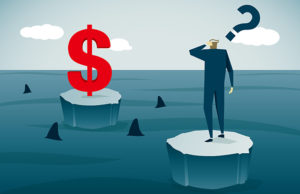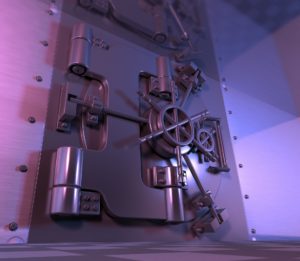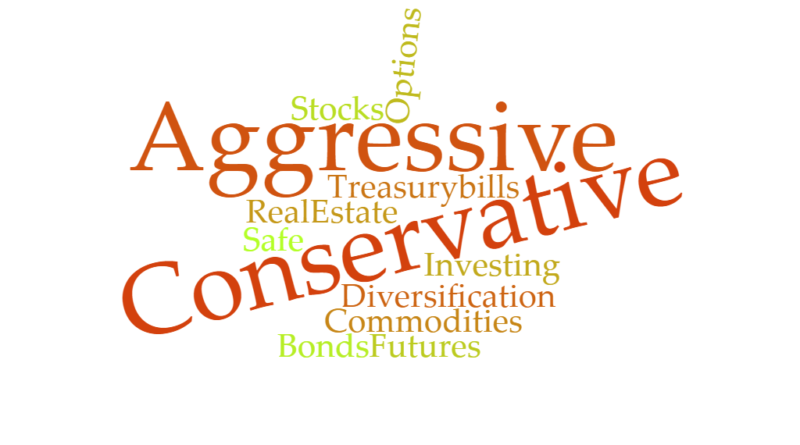What is the difference between conservative and aggressive investor?
Many people probably think that in investing, slow and steady wins the race. Capital, is therefore deployed in ‘safe assets‘ meaning assets with a lower risk. They may even view aggressive investing as reckless. On the other hand, promoters of aggressive investing would say the opposite. The categorisation of an investor as either conservative or aggressive depends on 1. risk tolerance and 2. time. But what is this risk tolerance? Risk Tolerance effectively means what result a person is able to accept if an investment turns goes south.
Risk Tolerance

Risk tolerance is influenced by a number of factors. These including;
- Capital
- Rate of return and
- Time-line.
The risk in investing is the exposure of capital (money) to negative outcomes (possible loss). Therefore, in order to tolerate a specific degree of risk one needs to be able to tolerate the idea of capital loss. A general rule of thumb is that greater returns require a greater exposure to risk. However, this is not a hard and fast rule since there are situations in which one can achieve tremendous returns with minuscule risks. An example of this in a depression.
Advertisement
That being said, Conservative investors general receive lower rates of return due to the asset classes they invest in.
Suggested Reading: Why One Asset Class Is not Better Than Another – BestYouPRO International
The time-line factor depends upon how long an investor has to achieve a specific goal. If an investor is young and wants to invest for retirement then it is assumed that he/she has a longer time frame and will be better able to withstand negative risks. However, older investors, particularly those closer to retirement cannot afford to lose capital therefore they have a lower risk tolerance and will gravitate to safer assets.
Safe Assets vs Risky Assets

So called ‘Safe Assets‘ are those that have a lower exposure to risk. Safe assets are generally preferred by conservative investors. An asset is considered a safe asset when the asset has low events of price fluctuations and “guaranteed” returns. Some common safe assets are:
- High Grade Government Bonds
- Some Treasury bills
- **Real Estate
- (Some) Mutual Funds
- (Some) Preference Shares
- Gold/Silver and
- Good old Cash.
It should be noted that all these assets have some form of risk exposure. Interest payments on Bonds for example, are dependable on a country’s ability to repay. Cash is always at risk of losing its value (purchasing power) through inflation and/or devaluation.
Sponsored
Risky Assets are those that have a higher chance of losing money. This is as a result of high events of price fluctuations and returns not being guaranteed. Some common ‘risky’ assets are:
- Stocks,
- Commodities,
- Currencies and
- High Yielding Bonds.
However, we can mitigate the risk associated with to all these assets. Due diligence and diversification are two of the most common methods of risk aversion. Ample Due diligence can result in the identification of undervalued companies with competent management teams, operating in a growing market and having some protection against competition (a moat). Diversification will lower exposure to adverse risk due to securities in a portfolio operating in different industries.
True Diversification
The aim of diversification is to soften the impact of one negative outcome on the profitability of the entire portfolio. Adequate diversification involves spreading one’s portfolio across different asset classes, and introducing diversity in those classes as well.
Sponsored
For example investing in commodities and stocks would involve spreading the portfolio across different commodity types and industries respectively. True diversification is exercised when the investor has assets from the different asset classes in his portfolio. As we have shown above, different asset classes have varying degrees of risk.
Test Your Knowledge
Andre is an accredited investor with $1.2 million dollars worth of Grace Kennedy stock in his brokerage account. Andre also has a pension fund that is invested in the five largest companies on the Trinidad and Tobago Stock Exchange.
Part A: In your view, Is Andre a Conservative or an Aggressive Investor?
Part B: In the truest sense, is Andre’s portfolio diversified?





